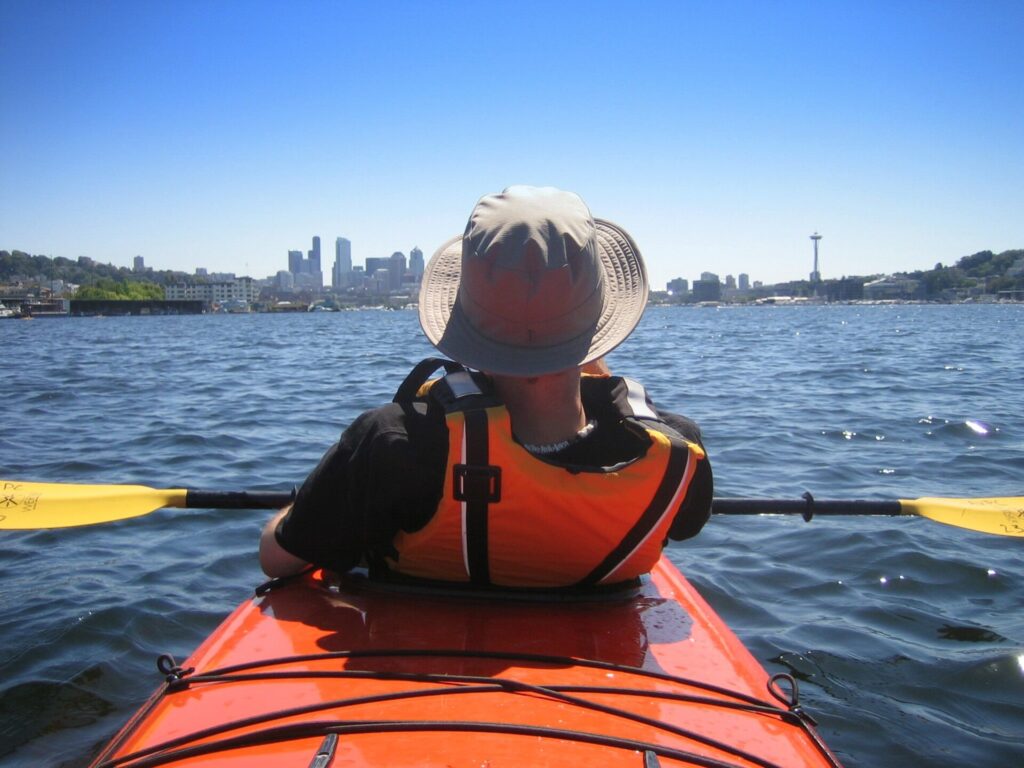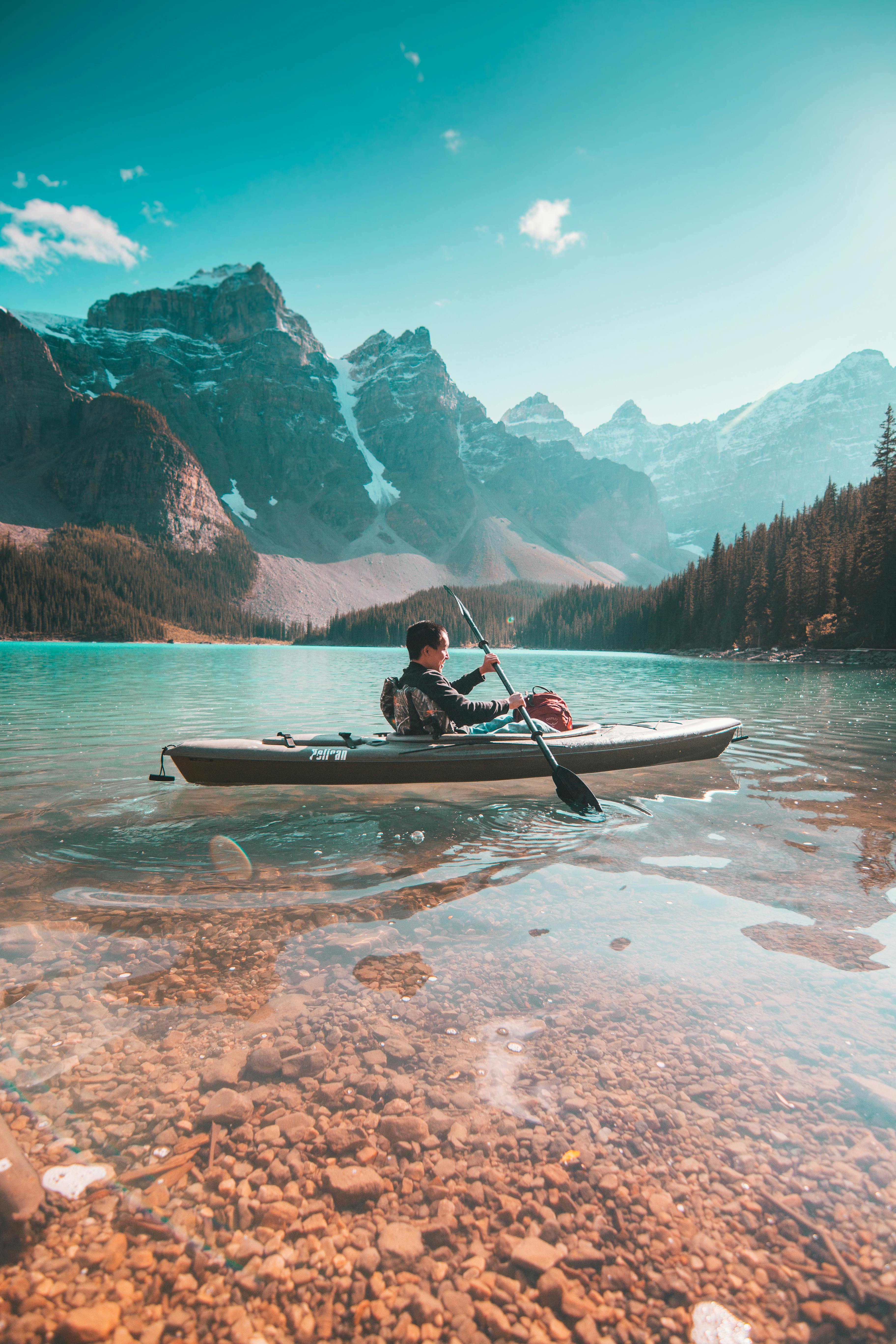Ever wondered what makes kayaking for beginners so appealing? It’s the thrill of gliding over water, the serenity of nature, and the undeniable sense of adventure. But hold on—before you jump into your kayak, there are some essential tips you should know. Let’s dive into the heart of this exhilarating activity and explore eight essential sea kayaking tips that will make your first experience memorable and safe.
Key Takeaways:
- Start with the basics: Understand the fundamental techniques and safety measures.
- Choose the right gear: Invest in suitable kayaking equipment for beginners.
- Learn proper paddling techniques: Efficient strokes can make your kayaking more enjoyable.
- Safety is paramount: Always prioritize your safety and be aware of your surroundings.
- Practice makes perfect: Consistent practice is key to mastering kayaking skills.
Kayaking for Beginners: Understanding the Basics
When you’re just starting kayaking, it’s crucial to grasp the basics. So, what exactly are the basic kayaking tips for beginners? First, familiarize yourself with the different kayak types for beginners. Recreational kayaks are highly recommended due to their stability and user-friendly design. You can find detailed guides on Reddit and other forums that offer beginner’s advice.

Source: File:Recreational kayak.jpg – Wikipedia
Choosing the Right Kayak
There are various types of kayaks, such as sit-on-top, inflatable, and tandem kayaks. For beginners, a sit-on-top kayak is often the best choice because it’s easy to get in and out of, and offers great stability.
Essential Kayaking Gear
Having the right kayaking gear is critical. Here’s a quick list of what you need:
- Paddle: Choose a paddle that matches your height and kayak width.
- Life Jacket: Always wear a life jacket for safety.
- Helmet: Protect your head, especially in rough waters.
- Dry Bag: Keep your belongings dry.
Basic Kayaking Techniques
Mastering the paddling techniques is essential. The forward stroke is the most basic, and it’s all about efficient energy use. Keep your upper body relaxed and use your torso for power, not just your arms. Check out this YouTube tutorial for a visual guide.
| Item | Purpose |
|---|---|
| Paddle | Propel and steer the kayak |
| Life Jacket | Ensure safety in case of capsizing |
| Helmet | Protect head from injuries |
| Dry Bag | Keep personal belongings dry |
Mastering Paddling Techniques
Once you’ve got the basic gear and kayak, it’s time to move on to paddling techniques. Efficient paddling is all about technique rather than brute strength. Let’s break down some key pointers:
Forward Stroke
The forward stroke is your bread and butter. Hold the paddle with both hands, keeping them shoulder-width apart. Dip the blade into the water near your toes and pull it back alongside the kayak. Rotate your torso and use your core muscles for power.
Reverse Stroke
This stroke helps you move backward and is essential for maneuvering. Simply do the forward stroke in reverse, starting from the back and pushing the water towards the front.
Turning Techniques
There are various ways to turn a kayak. The sweep stroke is effective; it involves making a wide arc with your paddle on one side. Another technique is the draw stroke, where you pull the paddle towards the kayak to move sideways.
Pro Tip:
“Always keep your paddle in the water when making turns. It provides stability and control.”
Kayaking Safety Tips for Beginners
Safety should always be your top priority. Here are some kayaking safety tips to keep in mind:
Wear a Life Jacket
Always wear a life jacket, no matter how confident you are in your swimming abilities. It’s a simple yet crucial safety measure.
Check Weather Conditions
Before you head out, check the weather forecast. Avoid kayaking in rough waters or during storms.
Stay Hydrated
Dehydration can be a real issue, especially on sunny days. Carry enough water and take breaks to hydrate.
Quote:
“Safety isn’t expensive, it’s priceless. Always take the necessary precautions.”

Source: Pexels.com
Building Kayaking Skills Through Practice
Like any other sport, practice is key to mastering kayak handling. Here are some ways to build your skills:
Join a Kayaking Course
Enrolling in a beginner kayaking course can provide structured learning and expert guidance. Many local clubs offer courses tailored for beginners.
Practice in Calm Waters
Start practicing in calm waters before venturing into the sea. Lakes and slow rivers are ideal for learning.
Focus on Balance and Stability
Balancing in a kayak can be tricky at first. Sit upright, keep your legs bent and spread for stability, and use your paddle to stabilize yourself.
Pro Tip:
“Practice makes perfect. The more time you spend in the kayak, the more comfortable you’ll become.”
Exploring Beginner-Friendly Kayaking Locations
Not all waters are created equal, especially for beginners. Here are some beginner kayaking locations that are safe and enjoyable:
Local Lakes
Lakes offer calm waters and stunning scenery. They’re perfect for practicing paddling techniques without the threat of strong currents.
Slow Rivers
Rivers with gentle currents can help you practice maneuvering and build your confidence in moving waters.
Coastal Bays
Bays shielded from the open sea provide a mix of calm waters and light waves, ideal for transitioning to sea kayaking.

Source: Pexels.com
| Location | Type | Features |
|---|---|---|
| Lake Tahoe | Lake | Calm waters, scenic views |
| Colorado River | River | Gentle currents, beginner courses |
| Chesapeake Bay | Bay | Protected waters, light waves |
Advanced Tips for Kayaking for Beginners
Once you’ve got the basics down, it’s time to step up your game. Here are some advanced tips to help you become a proficient kayaker:
Improve Your Fitness
Kayaking can be physically demanding. Focus on kayak fitness and training to build strength, endurance, and flexibility. Activities like swimming, rowing, and strength training can enhance your kayaking performance.
Learn Eskimo Roll
The Eskimo roll is a technique to right your kayak if it capsizes. Mastering this skill can boost your confidence and safety in rough waters.
Understand Water Currents
Reading water currents and understanding how they affect your kayak can significantly improve your navigation skills. Pay attention to the flow of water and learn to use it to your advantage.
Pro Tip:
“Never stop learning. The more you know, the more enjoyable and safer your kayaking adventures will be.
FAQs
Q: What are four mistakes in kayaking?
A: Four common mistakes in kayaking include:
- Poor posture: Sitting slouched can lead to back pain and inefficient paddling.
- Improper paddle grip: Holding the paddle too tightly or incorrectly can cause fatigue and inefficient strokes.
- Ignoring safety gear: Not wearing a life jacket or helmet can be dangerous.
- Overestimating abilities: Venturing into rough waters without adequate skills can lead to accidents.
Q: What should you not do while kayaking?
A: You should avoid:
- Kayaking in bad weather: Always check the forecast and avoid kayaking during storms or high winds.
- Ignoring safety rules: Always follow safety guidelines and wear your gear.
- Paddling alone: Especially as a beginner, it’s safer to kayak with a buddy.
- Overloading the kayak: Exceeding the weight limit can affect stability and maneuverability.
Q: What are the three golden rules of kayaking?
A: The three golden rules of kayaking are:
- Engage your core: Use your core muscles for power instead of just your arms.
- Maintain balance: Keep your body centered and your weight evenly distributed.
- Be aware of your surroundings: Always stay alert to changes in weather, water conditions, and other boats.
Q: What are the four basic kayak strokes?
A: The four basic kayak strokes are:
- Forward stroke: Propels the kayak forward.
- Reverse stroke: Moves the kayak backward.
- Sweep stroke: Used for turning the kayak.
- Draw stroke: Moves the kayak sideways.

